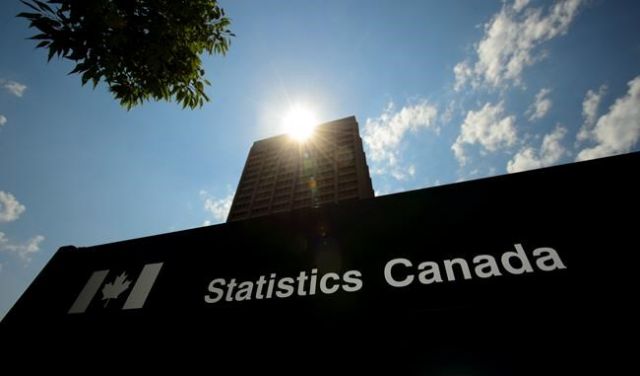
Canada’s price picture softened to two per cent last month following a sharp drop in gasoline prices compared to a year ago.
The annual inflation number for June hit the Bank of Canada’s ideal target as it came down from 2.4 per cent in May, Statistics Canada said Friday in a new report. It marked the first price deceleration after four straight months of year-over-year increases.
The result matched the expectations of economists, according to Thomson Reuters Eikon.
The neutral position of two per cent — right at the mid-point of the Bank of Canada’s range of one to three per cent — doesn’t put immediate pressure on governor Stephen Poloz to adjust his key interest rate.
Leaving out gas prices, Statistics Canada said last month’s annual inflation number was 2.6 per cent.
The 9.2 per cent drop in pump prices was partly due to rising inventory levels in the United States and Alberta’s elimination of its carbon pricing measures at the end of May, Statistics Canada said.
Energy prices fell in every province, with Alberta easily seeing the largest decrease compared to a year earlier.
In addition to weaker gas prices, consumers paid less last month for internet services, digital equipment and traveller accommodation.
Upward pressures on prices last month, compared with a year earlier, were led by a 17.3 per cent increase in the cost of fresh vegetables — the biggest acceleration since January 2016. The report said poor weather in farming regions helped drive up prices.
Consumers also shelled out more in June for auto insurance, mortgage borrowing costs, vehicle purchases and rent.
The average of Canada’s three gauges for core inflation, which are considered better measures of underlying price pressures by omitting volatile items like gasoline, decelerated slightly to 2.03 per cent, down from a revised 2.1 per cent the previous month.
By region, overall consumer prices last month rose at a slower pace in nine provinces, while British Columbia’s annual inflation rate was 2.6 per cent once again.
Last week, the Bank of Canada predicted overall inflation to drop temporarily in the third quarter of 2019 to 1.6 per cent as it reflects movements in gas prices, airfare volatility and the recent elimination countermeasures against U.S. steel and aluminum tariffs.
The central bank estimated inflation to be 1.8 per cent for the year before picking up its pace to about two per cent in 2020 and 2021.


